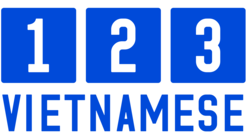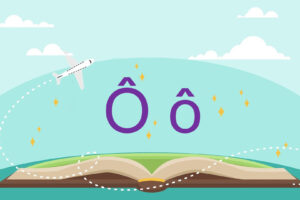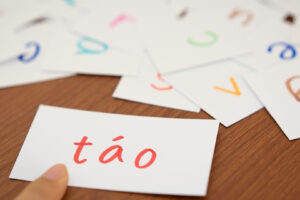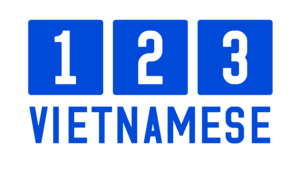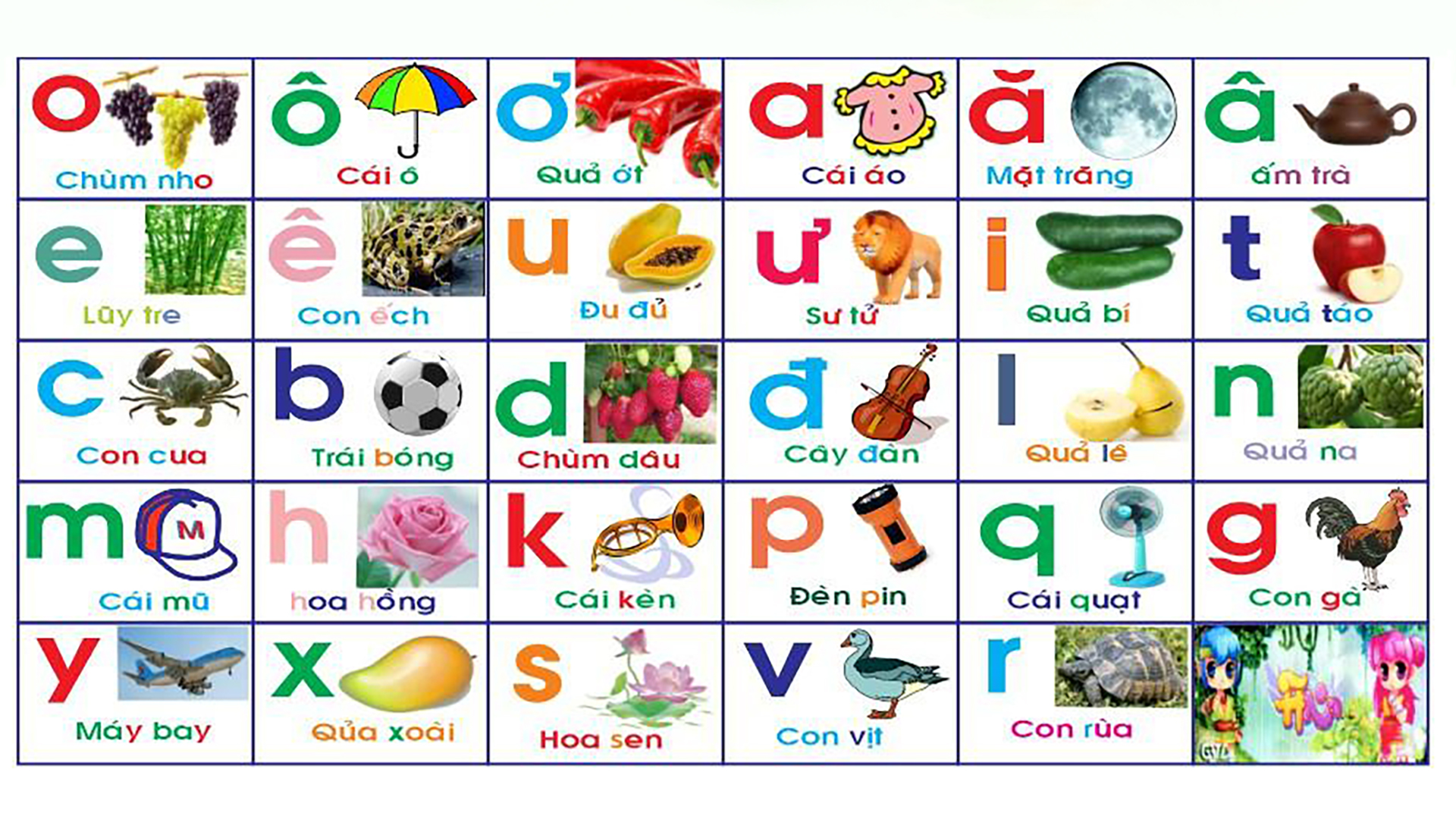
Utilizing the Method of Using Images in Teaching Vietnamese for Foreigners.
Using the method or technological teaching is considered as the way to improve knowledge and skills of learners according to oriented results. To develop learners’ cognitive ability and communication, teachers need to choose suitable method of teaching. Transferring traditional teaching methods to modern ones, especially using images in teaching Vietnamese plays an important role in teaching Vietnamese in general and teaching foreign languages in particular.
Situation of teaching Vietnamese for foreigners nowadays
In condition of economic development, expand international cooperation and culture exchange, more and more foreigners decided to stay in Vietnam to study and work.
To meet those requirements, teaching Vietnamese for foreigners at 123VIETNAMESE center in particular and this in other ones in general is increasingly focusing on training professional teachers, using textbook and renewing methods of teaching. According to students, there are many coming from countries do not use English (China, Korea, Japan, ect.); therefore, teachers get difficulties in using English as a second language to teach Vietnamese for foreigners. In many cases, eventually, teachers try to show such a new English word that learners are easily confused and unable to imagine.
In additionally, using a different language to teach Vietnamese for learners from many countries in a same class is considered not to be efficient enough.
Moreover, almost every textbooks usually having been used up to present provided a variety of vocabularies and structural sentences, but its illustrated images, especially in advanced level. This requires teachers a huge of creativity and preparation. Using images in teaching is an example.
Some common images used in teaching foreign language
Basing on image features (static or dynamic) and its using in each level of teaching (basic or advanced), there are some types of images as follows:
Type 1– Static image with unattached notes.
This is a kind of simple and basic image. Teachers do not have to explain a lot; therefore, it is used in teaching new vocabularies at all levels, especially with basic level.
Type 2- Static image with attached notes.
This kind of image is so more complicated than type 1 that teachers have to explain more. Images in type 2 provide for learners more new words usually utilized in advanced level or for major learners.
Type 3– Static image in process.
They are often used in some post- basic lessons or major lessons. Teachers use images to point out evolution of the story which need more seeking, collection, and efficiency of information technologies during the process of teaching.
Type 4– Dynamic images with sounds (video, clip)
Dynamic images are videos and clips. Despite not being widely used, these dynamic images and lively sounds, in some cases, play an important role in teaching as the best way to help learners improve 4 skills: listening, speaking, reading, and writing.
Utilizing images- level based in teaching Vietnamese for foreigners
Teaching Vietnamese by using images need following to proper level of learners and textbooks. In each level, teachers should select suitable types of images combining with exercises to reach the highest results.
a. Basic level
* Teaching Vocabulary:
In this level, learners start getting familiar with new words and structures to practice, memorize, and communicate. After finishing this basic level, learners will get more than 500- 1000 basic words. Teachers can use type image 1- static image with unattached notes because learners can understand and write that word through picture by their own language. After being instructed by teacher, learners will be take them easier in their mind.
Timeline of teaching as follows:
Step 1: Teachers show images.
Step 2: Learners observe and imagine
Step 3: Teachers show vocabularies and read it aloud.
Step 4: Practice pronunciation to help learners memorize them better.
Step 5: Teachers show images. Learners observe and guess that word.
For example, in a lesson “Nationality”, instead of showing Vietnamese name of countries and their national flags as shown in some textbooks (Vietnamese practice- Nguyen Viet Huong, Vietnamese level A- Vietnam Institute Study- Doan Thien Thuat (chief-editor); Basic Vietnamese level- Mai Ngoc Chu, Tring cam Lan), teachers should use images of place or several ranges of spots, celebrities, or traditional customs, etc. of those countries. Moreover, this kind of images are useful to study name of countries with Vietnamese spelling.



* Teach structures
Besides, teachers can use them to teach basic structure of sentences, especially in the basic level, they are extremely integral.
Step 1: Teachers show images and new words.
Step 2: Teacher reads new words and ask learners to repeat after.
Step 3: Teacher shows strure AA “Ask and Answer”
Step 4: Teacher asks, learners answers.
For example: Look at these pictures, practice asking and answering

– What’s his name?
– His name is Yosuki.
– Where is he from?
– He is Japanese.
– What does he do?
– He is a doctor.
Besides, we can use this image and exercise to learn about type of words, location, time, transportation, etc. For higher- basic Vietnamese level such as diseases, parts of body, teachers should use type image 2- static one with attached notes.
1- hand
2- shoulder
3- fore-head
4- neck
….

b. Advanced level:
In an advanced level, teacher needs to focus on widen source of vocabulary, the same and different structures to develop logical thinking and also improves skills of learners. For all advanced textbooks, in spite of having several bad points, they should be build up basing on some cultural- social Vietnamese features; topic of lessons, dialogues to introduce Vietnamese practice and custom, cultural behavior, fascinating destinations, etc. Therefore, new words as well as structures make learners get confused.
However, in this level, learners improved their skills in making new words and simple structural sentences practiced in basic level to develop complex sentences, then combine them and make a full meaning paragraph, short news, or movies, etc.
To deal with this case, using type image 2- static images with attached notes; type image 3 – static image in process and type image 4- dynamic images with sounds is likely to be highly efficient.
Example 1: Using type image 3
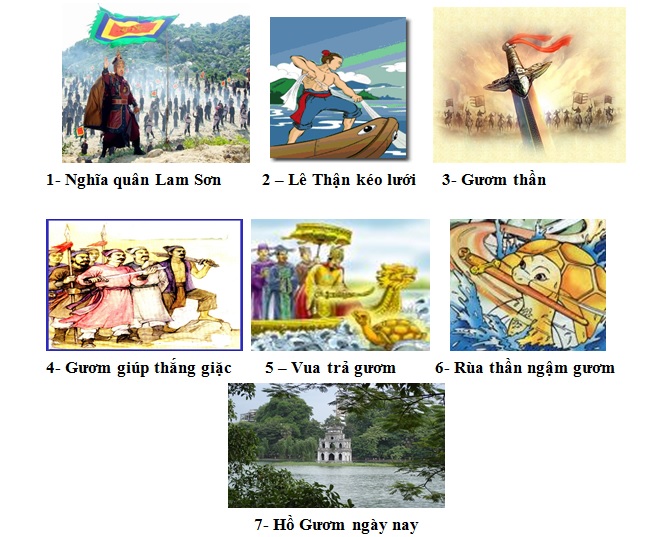

When using this kind of images, teacher not only introduces new words but also help learners practice the more difficult exercises.
Step 1: Teacher shows pictures.
Step 2: Teacher reads and introduces images.
Step 3: Helps learners improve reading skills.
Step 4: Ask learners to retell or rewrite about sites or stories basing on the correct order of images.
For lessons to introduce traditional Vietnamese arts, using many videos and type image 4- dynamic images with sounds will help learners get deeper understanding. Teacher can conduct this method depending on the timeline of listening audios and combining listening with speaking skills.
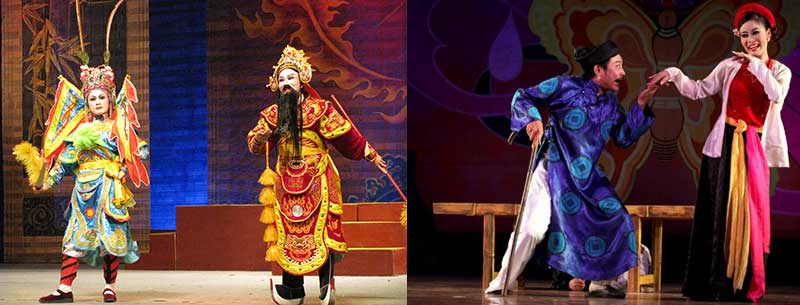
Some notes in selecting and using images
When searching and selecting images to explain and teach learners, teacher needs to note:
- In term of form: To assure that images are not broken when pasting or showing on slides, teacher needs pay attention to image size because the larger the images are, the clearer the pictures you can get. With videos and clips, teacher needs to focus on not only images but also quality of sounds.
- In term of content: When searching on website, there are many things to choose, but teacher needs to select relevant images to avoid making mistakes or getting confused of word’s meaning; pictures have to reflex correctly content and comprehensive side. In many cases, especially in fairy tales, legend which cannot be searched in the Internet, so teacher can collect pictures then scan, cut and paste properly with content of lesson.
While utilizing the method of using images to teach, teacher needs color print images with big size or shows them through Power point. Should not print commonly (black and white) or listen to radio because of reducing attraction of images and maybe make some mistakes.
Conclusion
The method of using images in teaching Vietnamese for foreigners brings many strong points because this is a kind of “visual method of teaching” which makes lesson so more interesting that attracts learners’ inspiration. Besides, this make learners’ awareness of new vocabularies and basic structures as much simple as possible; improve learners’ logical competence and their creativity. However, it also requires teachers to prepare lesson carefully and depends on technologies such as projector, computer, etc.
This is a kind of highly useful method to teach language. Moreover, with the orientation of increasing technological teaching method (classroom is equipped facilities fully with projector, computer,…in 123veitnamese center), researching and utilizing this method is totally necessary and useful for Vietnamese teachers to teach Vietnamese for foreigners nowadays.
Author: Leturer, M.A Phạm Thị Thu Giang
Translator: Rosy Nguyen
REFERENCES:
- Tran Thi Lan, Teaching Vietnamese for foreigners by communication method, Ngu hoc tre, 2005.
- Yearbook of Scientific Conference, Vietnamese and teaching Vietnamese for foreigners, HNU Publisher, 1997.
- Yearbook of Scientific Conference , Some issues of content and Vietnamese teaching method as an international language, HNU Publisher, 2005.
- Bui Khanh The, Process of searching framework of teaching- learning Vietnamese as the second language, Language Magazine No. 12/2013
Recent Posts
Recommended for You
Vietnamese Subtitle Ngày xửa ngày xưa, ở một vùng đất xa xôi có một Đức …
Vietnamese Subtitle: Đêm giáng sinh năm ấy, trời rất lạnh, đã mấy ngày liền tuyết …
